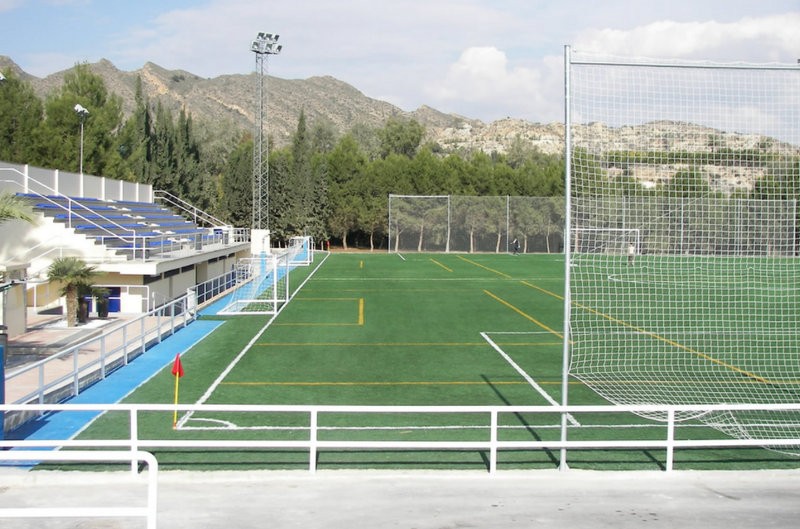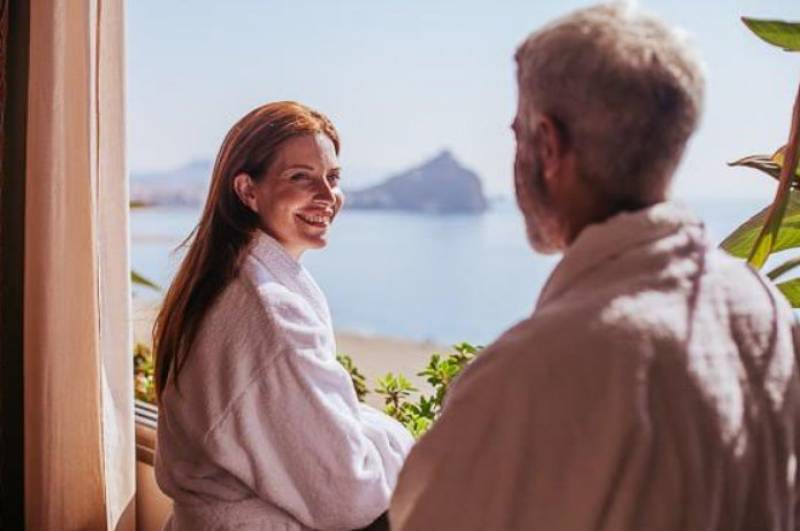- Region
- Águilas
- Alhama de Murcia
- Jumilla
- Lorca
- Los Alcázares
- Mazarrón
- San Javier
-
ALL AREAS & TOWNS
- AREAS
- SOUTH WEST
- MAR MENOR
- MURCIA CITY & CENTRAL
- NORTH & NORTH WEST
- TOWNS
- Abanilla
- Abarán
- Aguilas
- Alamillo
- Alcantarilla
- Aledo
- Alhama de Murcia
- Archena
- Balsicas
- Blanca
- Bolnuevo
- Bullas
- Cañadas del Romero
- Cabo de Palos
- Calasparra
- Camping Bolnuevo
- Campo De Ricote
- Camposol
- Canada De La Lena
- Caravaca de la Cruz
- Cartagena
- Cehegin
- Ceuti
- Cieza
- Condado de Alhama
- Corvera
- Costa Cálida
- Cuevas De Almanzora
- Cuevas de Reyllo
- El Carmoli
- El Mojon
- El Molino (Puerto Lumbreras)
- El Pareton / Cantareros
- El Raso
- El Valle Golf Resort
- Fortuna
- Fuente Alamo
- Hacienda del Alamo Golf Resort
- Hacienda Riquelme Golf Resort
- Isla Plana
- Islas Menores & Mar de Cristal
- Jumilla
- La Azohia
- La Charca
- La Manga Club
- La Manga del Mar Menor
- La Pinilla
- La Puebla
- La Torre
- La Torre Golf Resort
- La Unión
- Las Palas
- Las Ramblas
- Las Ramblas Golf
- Las Torres de Cotillas
- Leiva
- Librilla
- Lo Pagan
- Lo Santiago
- Lorca
- Lorquí
- Los Alcázares
- Los Balcones
- Los Belones
- Los Canovas
- Los Nietos
- Los Perez (Tallante)
- Los Urrutias
- Los Ventorrillos
- Mar De Cristal
- Mar Menor
- Mar Menor Golf Resort
- Mazarrón
- Mazarrón Country Club
- Molina de Segura
- Moratalla
- Mula
- Murcia City
- Murcia Property
- Pareton
- Peraleja Golf Resort
- Perin
- Pilar de la Horadada
- Pinar de Campoverde
- Pinoso
- Playa Honda
- Playa Honda / Playa Paraíso
- Pliego
- Portmán
- Pozo Estrecho
- Puerto de Mazarrón
- Puerto Lumbreras
- Puntas De Calnegre
- Region of Murcia
- Ricote
- Roda Golf Resort
- Roldan
- Roldan and Lo Ferro
- San Javier
- San Pedro del Pinatar
- Santiago de la Ribera
- Sierra Espuña
- Sucina
- Tallante
- Terrazas de la Torre Golf Resort
- Torre Pacheco
- Totana
- What's On Weekly Bulletin
- Yecla


- EDITIONS:
 Spanish News Today
Spanish News Today
 Alicante Today
Alicante Today
 Andalucia Today
Andalucia Today
article_detail
Date Published: 26/06/2019
Corpus Christi in Archena
Colourful carpets of salt are laid in the streets prior to the procession of Corpus Christi

Corpus Christi is a Christian celebration which honours the body (corpus) of Christ (Christi) and is referred to in Liturgical Latin as “Dies Sanctissimi Corporis et Sanguinis Domini Iesu Christi (which is Latin for the "Day of the Most Holy Body and Blood of Jesus Christ the Lord".
The feast of Corpus Christi was first established in 1264 and takes place on the Thursday after Trinity Sunday, which is 60 days after Easter, or on the following Sunday, depending on the year.
Following Mass, there is a procession of the Blessed Sacrament, generally displayed in a monstrance.

The celebration of Corpus Christi first reached Spain at the beginning of the fourteenth century, but it was not until the sixteenth century that it became widespread in the country.
The exact date when it was first celebrated in Archena is unknown, although the tradition is believed to date back several centuries, the first written mention in the Actas Capitulares being in 1884.
As is common throughout Spain, popular fiestas tend to be linked to religious acts, and in Archena various holidays were linked to different saint’s days, including saints Cosme, Damián, Juan Bautista, Roque, the Corpus and the Virgen del Rosario, each procession organised by the corresponding Cofradía.
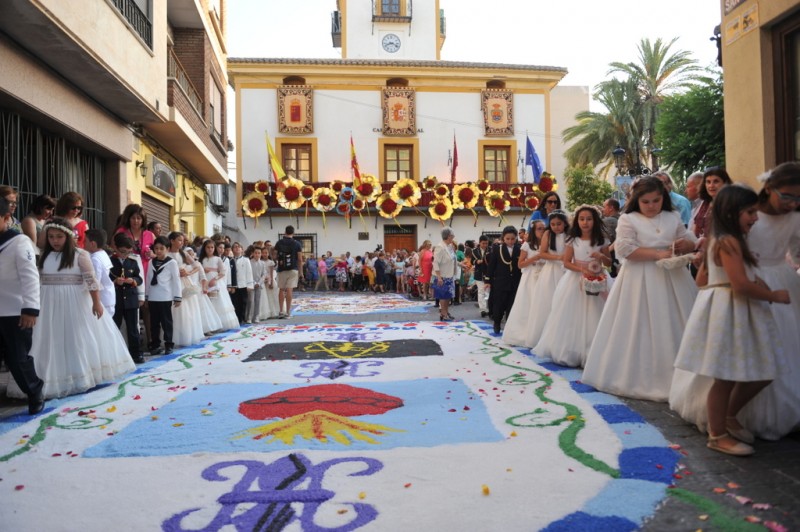
The first known modern patron saint of Archena was San Juan Bautista (Saint John the Baptist), a logical situation for Archena given its association with the Military order of San Juan, which “owned” the town.
The exact date on which San Juan ceased to be the patron saint of the town and was substituted by San Roque is again unchronicled, but the first references to san Roque appear in 1761.
By the 19th century a differentiation between the religious and popular festivities became more pronounced, and the Fiestas of San Roque became a religious function, while at the same time those of the Corpus gained a more festive aspect and in 1904 the town council passed a measure authorising the Mayor to organise popular fiestas around the celebration of Corpus Christi.
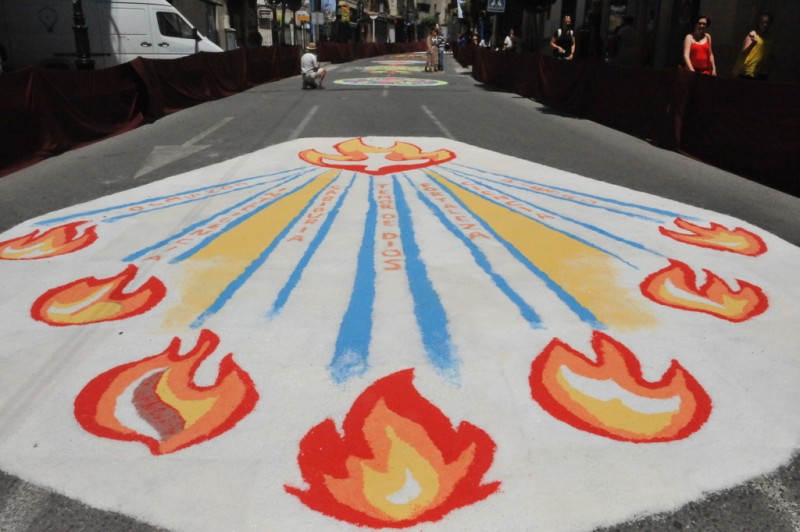
At the same time, dedication to San Roque declined, due principally to the elimination of major plagues and epidemics (san Roque is associated with offering protection from plagues and illness) and in 1910 permission was given for the Corpus procession to take place in the evening, as it still does today.
During the Spanish Civil War the festivities of the Corpus were suppressed, along with many other religious occasions and it was not until the Civil War that the festivities of Corpus Christi re-emerged, with the Corpus as patron of the town, an honour shared with the Santísima Virgen de la Salud since 1954.
Each year the fiestas in honour of the Corpus Christi and Virgen de la Salud begin at the end of May or early in June, depending on the date of Easter, and continue for several weeks, with a wide range of festive, cultural and religious acts.
Although the Corpus Christi celebrations focus around the religious procession, Archena is best known for the preparation of carpets of salt in the streets across which the Corpus procession crosses in the evening after Holy Mass.
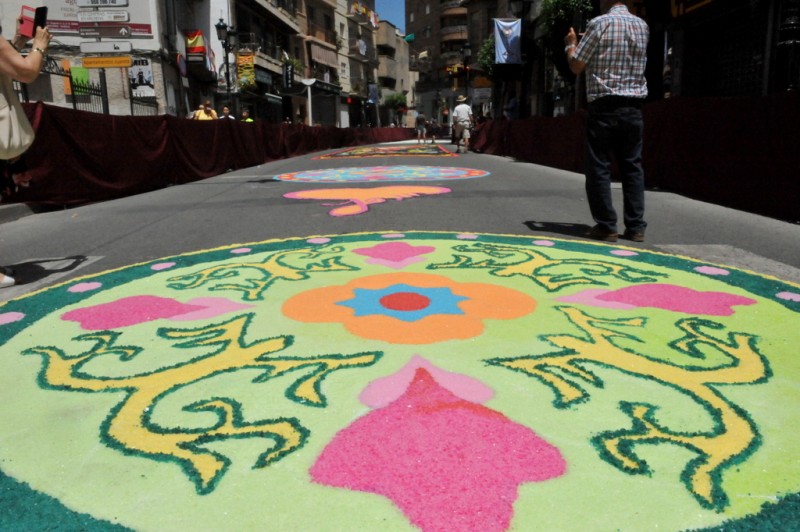
Led by the standards of the Cofradías, the new members of the church who have received their first communion follow in white dresses, casting rose petals onto the salt carpet, followed in turn by the Sacrament in a monstrance.
The procession pauses at various points, with blessings at altars set up in the streets, concluding at the Parroquía Corpus Christi.
The salt carpets are made using coloured salt, which is laid out in ornate designs on the streets by local residents and religious organisations along the procession route the evening before Corpus Cristi.
It’s a long route, and there are literally dozens of salt carpets, each an artwork in its own right, and these are removed after the procession.
It’s well worth going along to see the carpets, either on the night before the procession when they are being laid out, or just before the procession itself. It’s also interesting to see the procession follow the route and it’s perfectly possible to walk the route with the procession and photograph as it passes across the carpets, although it is generally virtually dark before the route concludes.
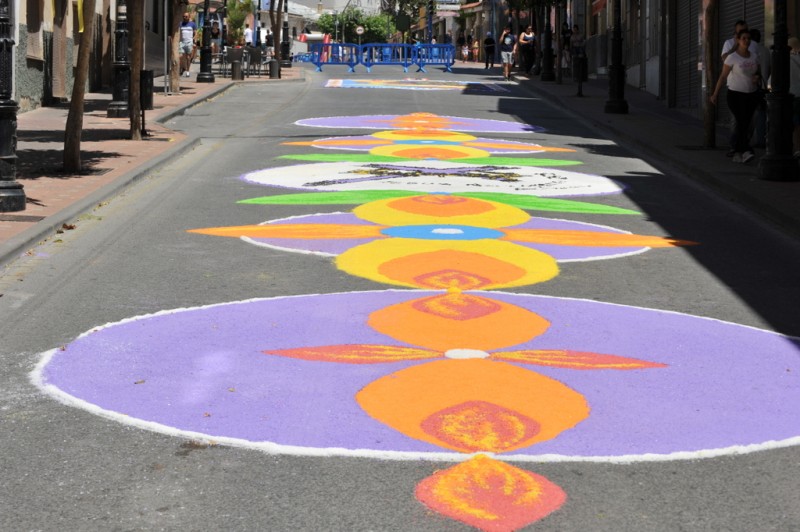
Combining a visit to the main tourism attraction of the town, the Balneario of Archena is also an excellent idea, as the festivities continue after the procession with live music, fairground and other activities, all of which make the option of staying overnight in the town and enjoying the luxurious facilities of the Balneario, an excellent option for those interested in seeing the Corpus tradition in Archena.
Click for further information about the Archena municipality in English
article_detail
Contact Murcia Today: Editorial 966 260 896 /
Office 968 018 268


